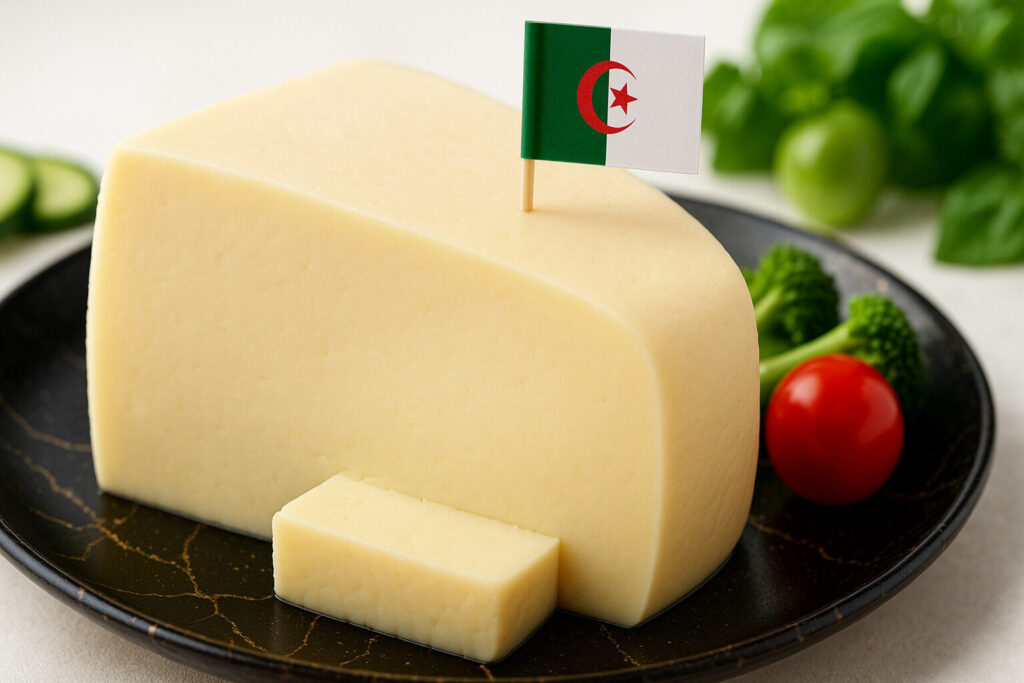Berber Heritage Cheese
Berber Heritage Definition and Scope
Berber Heritage refers to a category of cheeses originating from the indigenous Berber communities across North Africa. These cheeses are traditionally made from goat, sheep, or camel milk, reflecting the pastoral practices of the region. The scope includes both fresh and aged varieties, often preserved using ancestral methods.
This classification emphasizes the cultural and geographical ties to Berber populations in countries like Morocco, Algeria, and Tunisia. It encompasses cheeses that are typically small-scale productions, maintaining artisanal integrity. The term distinguishes these products from industrial cheeses by their historical and ethnic significance.
Berber Heritage Production Techniques
Traditional Berber Heritage cheese production relies on natural fermentation without commercial starter cultures. Milk is often coagulated using animal rennet or wild thistle enzymes, depending on local customs. The curds are hand-pressed and molded into distinctive shapes, such as discs or balls.
Aging occurs in cool, dry environments like earthenware jars or mountain caves, which impart unique microbial characteristics. Some varieties are brined or dry-salted to enhance preservation and flavor development. These methods ensure minimal intervention, aligning with sustainable pastoral traditions.
Berber Heritage Sensory Profile
Berber Heritage cheeses exhibit a robust flavor profile marked by earthy, tangy, and sometimes gamey notes. Their texture ranges from crumbly in aged versions to soft and spreadable in fresh iterations. Aromatic compounds derived from native microflora contribute to their complexity.
The rind, when present, may carry hints of herbs or smoke from traditional storage conditions. Depending on milk type, flavors can include nutty undertones from goat’s milk or richer, buttery notes from sheep’s milk. These sensory attributes are directly linked to the terroir and production techniques.
Berber Heritage Culinary Uses
In traditional cuisine, Berber Heritage cheeses are commonly served with flatbreads, olives, and honey as part of mezze platters. They are crumbled over tagines or grilled vegetables to add salty, umami depth. Fresh varieties often accompany breakfast dishes, paired with dates or figs.
Modern applications include incorporating aged versions into salads or melting them into savory pastries. Their bold flavors make them suitable for pairing with robust red wines or fruity beers. These cheeses are integral to festive and daily meals within Berber communities.
Berber Heritage Regional Examples
Notable examples include Jben, a fresh cheese from Morocco’s Atlas Mountains, typically consumed within days of production. Another is Bouhezza, an Algerian cheese aged in goat-skin bags, developing a sharp, pungent character. Tunisian Kareesh represents a simple, curd-style cheese often dried for longer storage.
Regional variations arise from differences in livestock breeds, forage, and climate conditions. For instance, cheeses from coastal areas might incorporate brining techniques, while mountainous versions emphasize cave aging. These examples highlight the diversity within the Berber Heritage classification.


